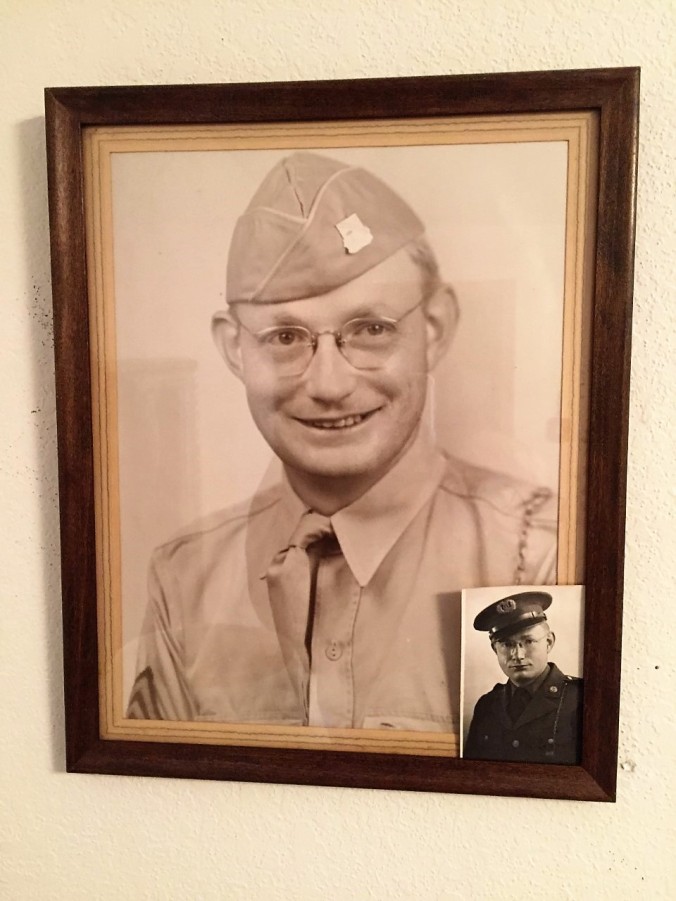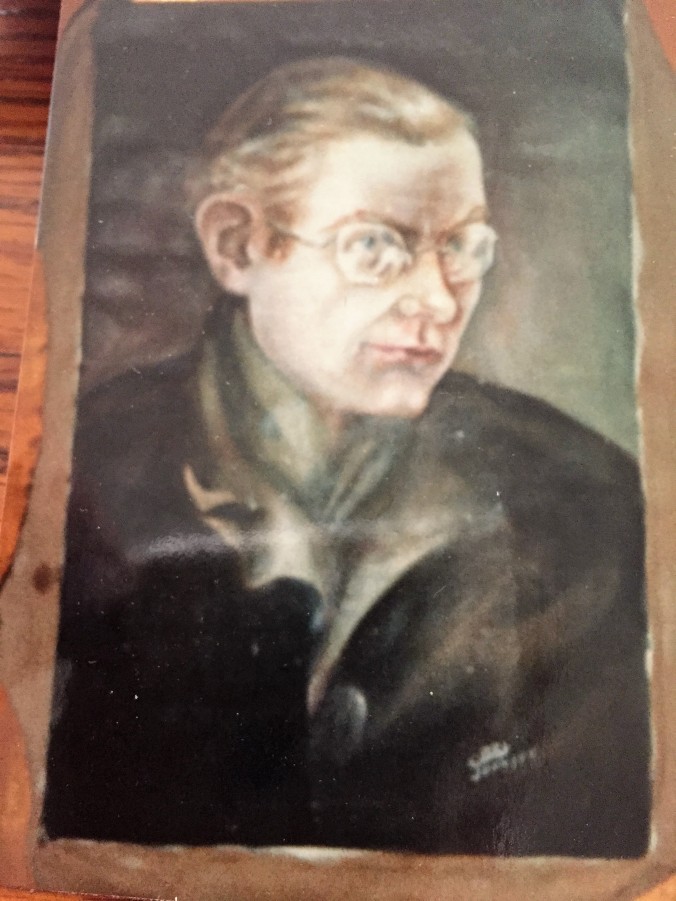Hello all,
It has been way too long since my last entry, so I’m going to catch you all up. I’ve been extremely busy writing, both at work and at home. I feel the carpal tunnel coming on too. Alas, the trials and tribulations of an Addicted Screenwriter.
Since last September (where has all the time gone), I’ve stumbled upon a story that, as my wife tells me, “writes itself”. If it truly did, I wouldn’t be working on it, however; she isn’t too far off, and being one to never argue with your spouse, will never tell her otherwise (LOL). But I digress…
Kasserine. My latest screenplay project and is based on true events.
For those readers that don’t keep up on their war history, Kasserine Pass is located in Tunisia and was the site of one of the earliest World War II tank battles where American tanks fought the first real tank-to-tank battle with Germans in North Africa shortly after the U.S. threw their hat into the war after the bombing of Pearl Harbor. Unfortunately, it did not turn out well for the home team, but then again neither did Dunkirk for the Brits.
In 1942, the U.S. sent troops to both the Pacific AND Europe to fight the Axis. It is during this timeframe that this amazing story unfolds. In September 2017, my wife’s cousin Sandy-Seely Harris posted a Facebook Tribute to her father (my wife’s uncle) Sergeant Harry C. Harris (see photo below), an Infantry Regiment musician (a horn player) who was shipped off to Ireland in one of the first American deployment to the European theater. From there he was later deployed in “Operation Torch“, the offical allied invasion of North Africa. It’s purpose? Draw German tank battalions away from the Russian front.

Sergeant Harris, along with most of the troops from the 34th Infantry Division “Red Bulls” and 168th Infantry Regiment are from the Midwest (e.g., Iowa, Minnesota). The 168th Regiment still sends troops in harm’s way to this.
Harry’s story takes a turn for the worse on 14 February 1943. Valentine’s Day. Sidi-Bou-Zid. (pronounced: Seedy-Boo-Zid) is a small village in Kasserine Pass. Nearby, two observation hills (called “Djebels”) were manned by segregated 168th Infantry and artillery for the purpose of catching the German armor off guard as they were (based on conflicted intelligence) to roll through the pass. However, high-level commanders dictated tactics and dispersion of forces that failed from the start.
The famous and seasoned German tank commander, Erwin Rommel, with up to date intelligence, planned to circumvent these observation hills, encircle, and entrap them.
On the morning of February 14, 1943, in a blinding sandstorm to cover their movements, the Germans struck with such quick and devastating force, most of the Amercian tanks, artillery and infantry were either killed, captured, or forced to retreat.

Sergeant Harris was captured, injured from falling off a cliff, had his back further injured by a German rifle butt to the back, and then transported to a German POW camp, via Italy and train through German lines. He would spend the rest of the war (27 months to be exact) in at least three POW camps, suffer weight loss, and desperation.
During this time, he stole a German Compass, drew a map from memory (both of which his daughter still possesses), and escaped to Switzerland. It is believed he made a wrong turn (maybe somewhere in Switzerland) and was recaptured.
He was repatriated by the Russians in April 1945 and passed away in 1979. He brought back only what he could carry: His compass, Map, and a cloth portrait of himself painted in a POW camp by another POW (whom I’m having difficulty tracking down), and smuggled it under his uniform. Read on…It gets better.

Flash forward— Present day
As with any screenwriting project, I perform months of research before writing the words “Fade In”. With this one, it was long, tedious, but well worth the effort. After reading the Facebook post about Sergeant Harris and his POW, I felt compelled to learn more. Call it the veteran in me, war/history buff, or the fact that my grandfather served in both World War I and II. To me, it was personal. And that drives me to write this amazing story of faith and perseverance.
So, I hit the books (Kudos to the Orlando Library system for home delivery and Hoopla for the free online reads ) and found the best books on this important snippet of history. After about 4-5 notepads of paper, I created a detailed timeline of events, analyzed war maps (from both sides), and read testimonies from other POW’s to understand the events, feelings, and desperation these war heroes faced.
Sergeant Harris left little writings other than notes his daughter made in recalling her conversations with him before he passed away. He mentions two other compadres who were captured with him. I verified their names and reached out to see if they were even still alive (they would be in their 90s) without luck. I was able to reach out to one but unfortunately, this person had recently passed with Dementia. But I was not deterred.
With every search, there is that beam of light. That one piece that makes it worthwhile. Enter Private First Class Arch Shealy. Arch Shealy also fought in North Africa, in this battle as an Artillery Gunner, captured on February 14, 1943 (I told you it would get better), and spent 27 months in German POW camps.
The only difference between Sergeant Harris and Private Arch Sealy was that Arch was still alive. And he lived not two hours away from me. Talk about a gold bar hero. I had to get in touch with this hero, this vast historical source of information. He had a story to tell and to hear it first hand, made it much more special. Time for our World War II heroes was running out. ROAD TRIP!
After reaching out to family members, I was able to coordinate a most memorable meet and learn about what happened, some of the events in his POW life, and how he survived.
It is their story I want to tell, that I feel obligated to share with the world.
God has designated me a “storyteller”, the writer of this amazing story of two heroes who probably didn’t even know each other, but fought bravely together for their brethren and their country under dire circumstances, then to suffer years of containment at the hands of a dictatorship, desperation, and fear.
Their only saving grace was faith in their country, God, and their family. Before I left our interview, I asked Arch a pointed question.
“If you had one take away from this whole experience, what do you believe allowed you to survive?” After a few seconds to reflect, Arch simply replied “Faith. Faith in yourself, your country, and your God.”
They all kept the faith and survived.
I need to keep the faith in myself and finish what I started.
“Kasserine”
Update: It is with great sadness that my dear friend and esteemed patriot, Arch Shealy passed away in March with family by his bedside. He was 98-years old. My sincere condolences go out to the Shealy family and a sincere thank you for allowing me into their lives. This honorable hero will be sorely missed. Rest In Peace, my friend. See you on the other side.



Totally fascinating and best of luck on the screenplay. – Eric (Rick) Karlson
LikeLike